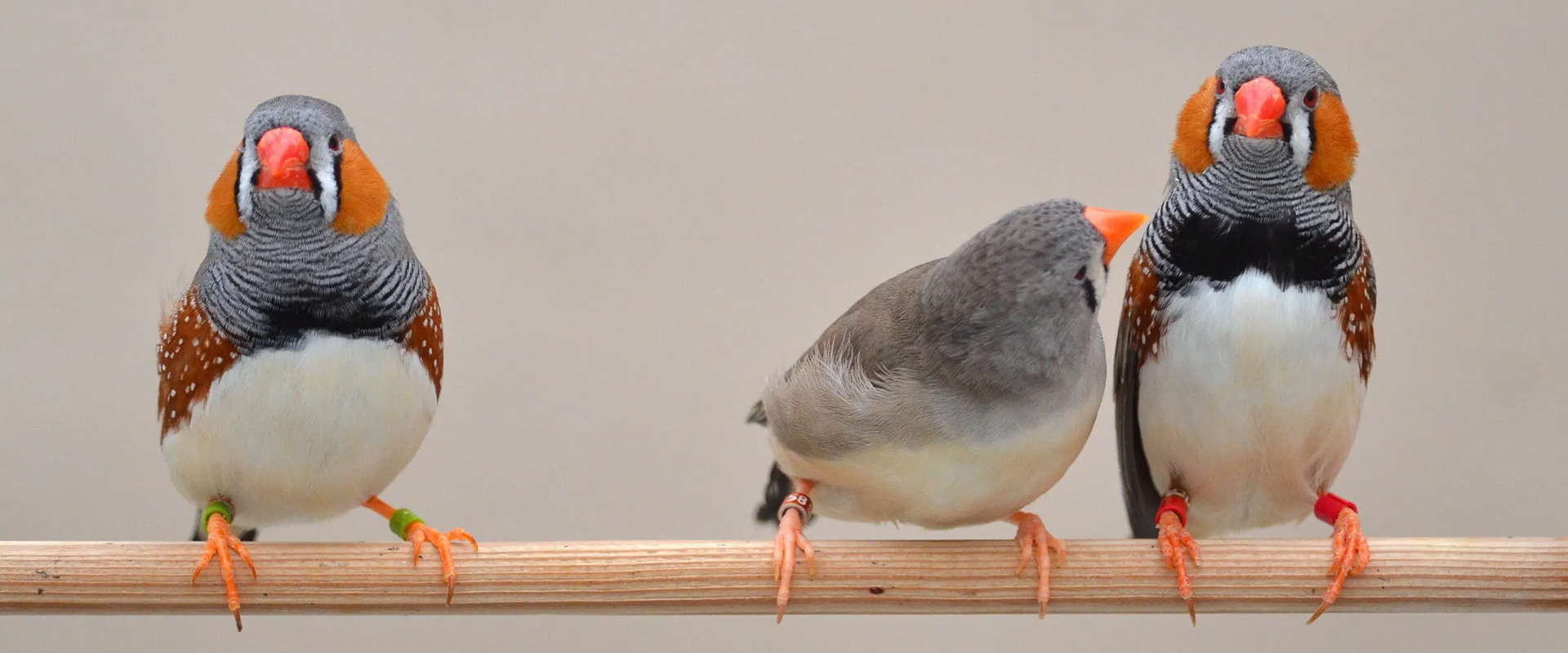Curlew - Hayle Estuary Bird Watching
Curlew - Hayle Estuary Bird Watching The curlew is the largest European wading bird, instantly recognisable on winter estuaries or summer moors with its long down-curved bill, brown upperparts and long legs. There have been worrying breeding declines in many areas largely due to loss of habitat through agricultural intensification. It is included on the Amber List as a bird with important breeding and wintering populations in the UK. WHERE TO SEE THEM Around the whole UK coastline with the largest concentrations of found at Morecambe Bay, the Solway Firth, the Wash, and the Dee, Severn, Humber and Thames estuaries. Greatest breeding numbers are found in N Wales, the Pennines, the southern uplands and E Highlands of Scotland and the Northern Isles. WHEN TO SEE THEM All year round. Look in breeding habitat from April to July. Coastal numbers build up from July and reach a peak in January and February. WHAT THEY EAT Worms, shellfish and shrimps. Filmed on 20th October 2009 Video Produced by Paul Dinning - Wildlife in Cornwall The curlew is the largest European wading bird, instantly recognisable on winter estuaries or summer moors with its long down-curved bill, brown upperparts and long legs. There have been worrying breeding declines in many areas largely due to loss of habitat through agricultural intensification. It is included on the Amber List as a bird with important breeding and wintering populations in the UK. Curlews are found around the whole UK coastline with the largest concentrations of found at Morecambe Bay, the Solway Firth, the Wash, and the Dee, Severn, Humber and Thames estuaries. Greatest breeding numbers are found in N Wales, the Pennines, the southern uplands and E Highlands of Scotland and the Northern Isles.




















